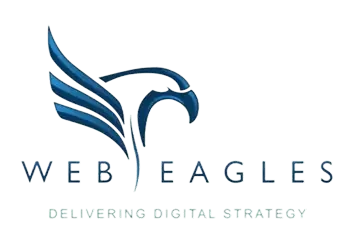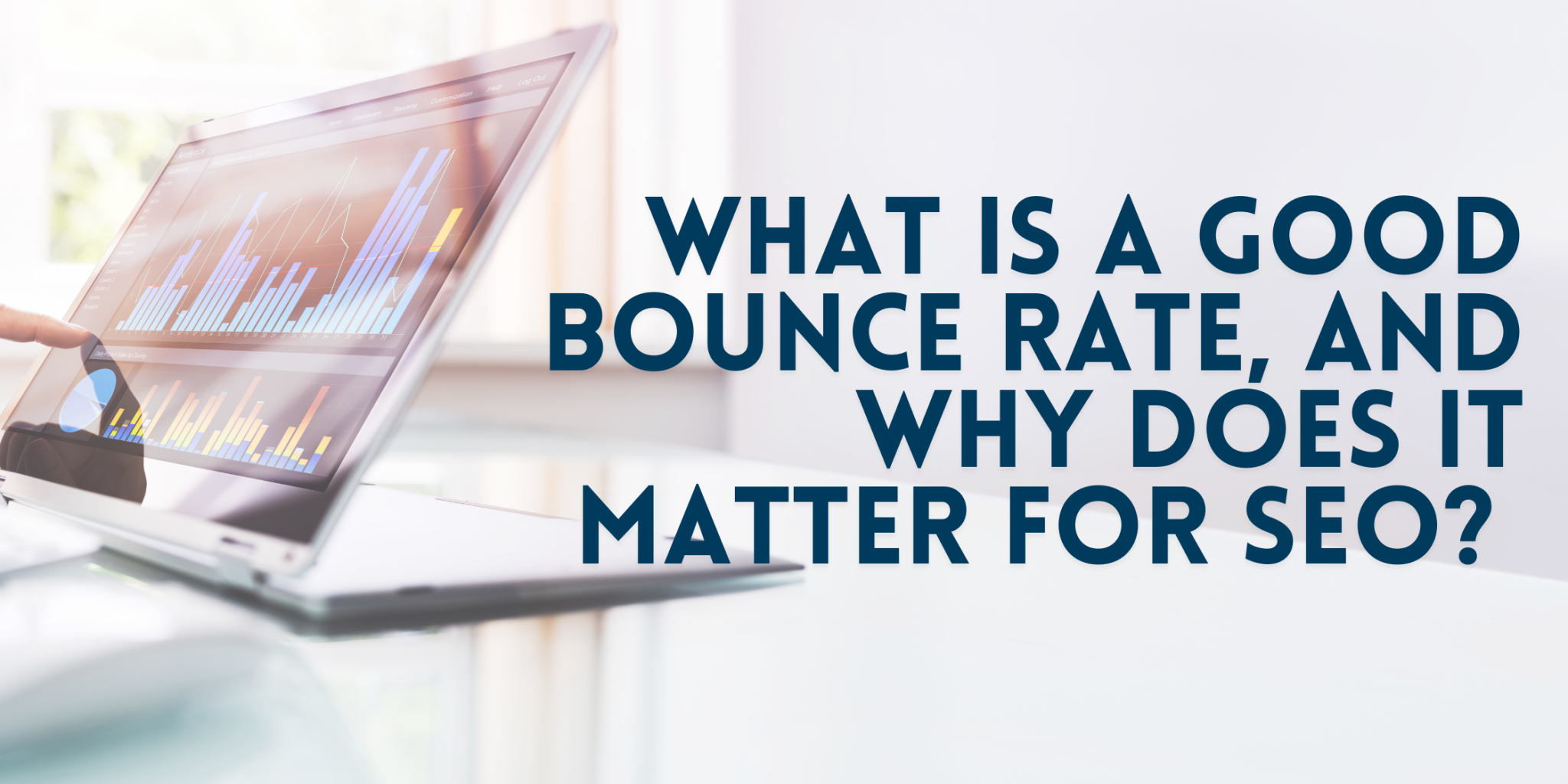What is a good bounce rate, and why does it matter for SEO?
Did you know that ‘bounce rate’ is one of the most important website metrics that can affect the performance of your site?
A high bounce rate indicates that the people landing on your website aren’t finding what they are looking for. It is a sign that the site isn’t doing its job, which would be to discover the products or services you offer, ultimately bringing in more business. Furthermore, a high bounce rate can hurt your search engine rankings and leave you lagging behind the competition.
Meaning, it is important to implement the best practices to ensure that you keep your customers engaged, and your bounce rate low.
Before we dive into the topic more, it is important to understand what a bounce rate is:
“In Analytics, a bounce is calculated specifically as a session that triggers only a single request to the Analytics server, such as when a user opens a single page on your site and then exits without triggering any other requests to the Analytics server during that session.”
Simply, these are the are the people who land on your site, only to leave it without taking any further action, like clicking on a link to another page, or filling out a form.
A visitor can bounce from your site in a number of ways:
- They can click a link from your page onto a different website, such as a partner site.
- They can click the ‘back’ button to go back to search results.
- They can close the window or the tab.
- They can navigate to another website by typing a new URL.
- They can have their session timeout, which means they’ve been idle for a fixed amount of time.
So, why does bounce rate matter for Search Engine Optimisation (SEO)?
It is no secret that there are numerous factors that go into determining where a website ranks in Google. And while Google hasn’t explicitly announced that the bounce rate of a website directly affects its SEO, there is a good amount of evidence that supports this claim.
A study by Backlinko found that websites with great user experience signals, including a low bounce rate, were likely to rank higher on Google.

Image by Backlinko
Even though it is not directly related, bounce rate is still vital for a number of reasons:
- It’s linked to other factors, including the time on site and pages per session. A user who bounces after a single-page session won’t spend a long time on your website or browse multiple pages, this can indirectly affect your rankings in search engine results.
- It is clear that these visitors didn’t convert or move further down in your customer funnel. Therefore, the high bounce rate means your landing page is causing potential leads to drop off the site.
- It’s a good indicator of the relevance and quality of your landing page. A high bounce rate indicates that the visitors you’re bringing to your website either aren’t engaged in your site’s content or you’re not bringing in high-value traffic. A high bounce rate may also signal issues with the layout of your site or overall user experience.
At WebEagles, we have the experience and tools to develop an SEO strategy that is designed to help you dominate the search results and reduce your bounce rate. For more information, give us a call on 1300 123 808.


